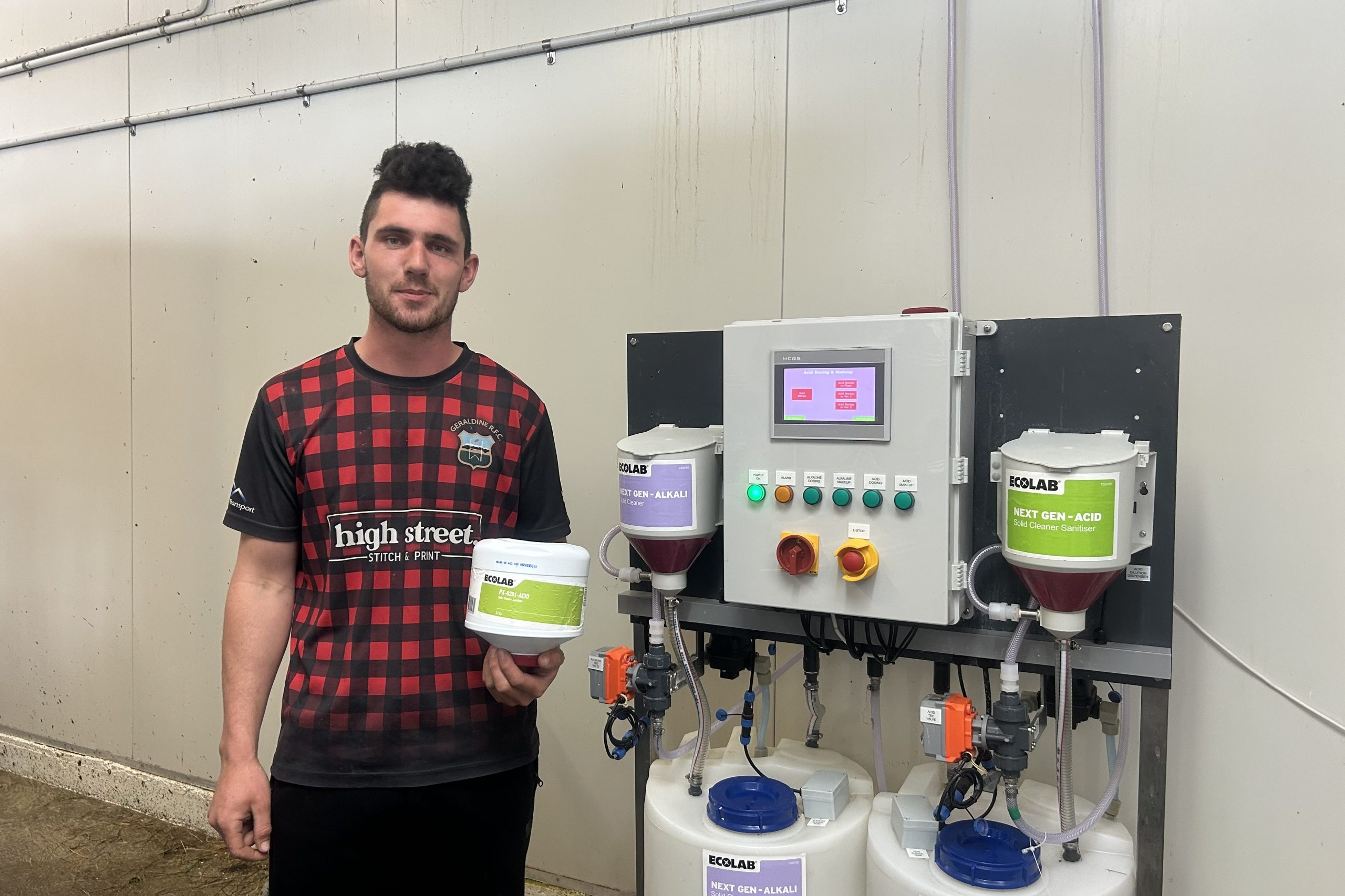A speed dating guide to the latest Journal of New Zealand Grasslands
Held in November 2023 in Rotorua, the NZ Grasslands Association was the place to hear about the research comprised in their 85th journal. For those who couldn’t make it, Joanna Grigg provides a speed-dating style summary of some of the papers and key findings. These are peer reviewed and come from the very best of our country’s pastoral researchers.

It’s like being a kid in the lolly shop. The 85th Journal of New Zealand Grasslands has so many tantalising topics. This 2023 edition is jam-packed with 33 research papers and is free to access via their website. Here are my top take aways…
1. For those keen on lamb growth rate research, a Lincoln University study showed that a five-year-old diversified pasture supports greater lamb liveweight than a standard perennial ryegrass-white clover pasture. Even when pre-and post-grazing covers were the same. The diversified pasture was Italian ryegrass, red clover and plantain and both pastures were the same age (five years). The real growth difference was seen pre-weaning, when lambs were on the ewe. Growth was 23% ahead.
2. Lincoln University presented two papers on legume yield and persistence in Lees Valley, in the South Island high country. This place is cold, dry and high altitude. If legumes were athletes, this would be an extreme sport. While red and white clover came out of the start box fast with high yields up to two years, it was the, aptly named ‘Endura’ Caucasian clover, that overtook it and was the only legume still standing in year five. It dominated the plot (69%) with only 11% bare ground. Subterranean and balansa clovers survived but yields were lower and weediness high. In years two and three, ‘Demand’ white clover produced 1.7 and 2.6 tonnes dry matter/hectare, and Caucasian 1.8 and 1.7. The scientists concluded Caucasian clover was the most persistent species and recommended it for this environment.
3. For those who love a good fertiliser study, Jeff Morton’s paper on deep insertion of lime into acid organic soils will appeal. This study drilled lime in 400 cm deep, rather than sprinkle and cultivate on the surface. The interim results indicate that the deep insertion of lime was effective in increasing soil pH and reducing soil aluminium concentration in the lower soil layers. This was within two years.
4. Getting fodder beet and kale feeding spot-on, was a research paper by the Southern Dairy Hub. It suggests measuring crop quality, as well as quantity, starting from autumn, is a good strategy. This gives farmers a useful baseline yield indication for winter, given that dry matter yields remained mostly stable during the winter grazing period. These will help identify any looming nutritional deficiencies.
5. The options and cost for virtual fencing on hill country was investigated by AgResearch and Plant & Food. The bottom line is that any fencing of waterways would be a financial cost. Compared to no fencing of waterways, virtual fencing reduced farm annual profitability by 9% and 17% for rolling and steep farms respectively. Installing actual fences reduced profitability by 14% and 93% respectively, severely reducing the profit of steep hill country farms.
6. John Caradus presented a paper on genetic modification (GM) focused on the risks and benefits for New Zealand grassland systems. GM has been used extensively for 25 years in crops, but not grazed forage species. He sees potential to alleviate some grassland challenges, especially environmental. He calls for a debate and then an agreement in New Zealand among processors/marketers to move forward on this. This would involve quantifying any GM benefits compared to growing organic produce and having a GM free status, across different market segments. It’s exciting what possibilities are there. There is an excellent table in the paper listing what’s out there globally, and at the research stage.
Pick a paper and enjoy a deeper read of Volume 85 (2023) Journal of New Zealand Grasslands online at nzgajournal.org.nz.




